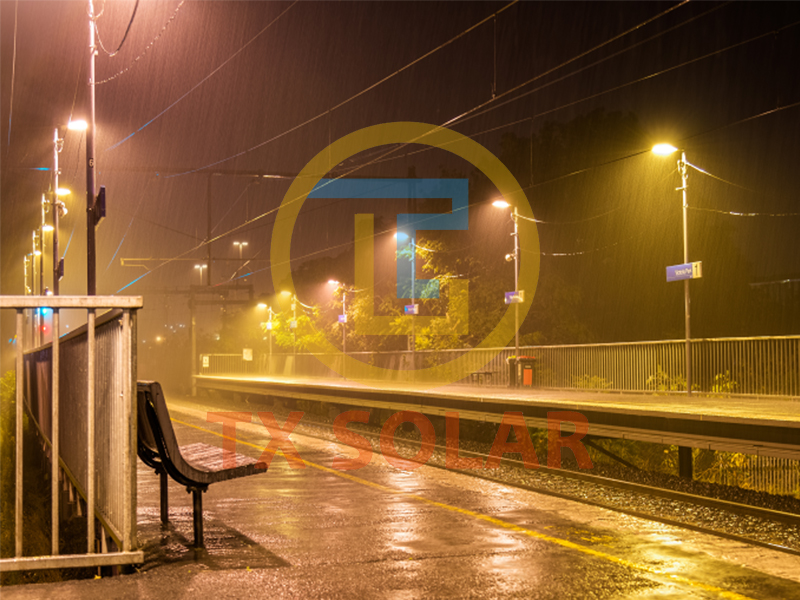Fog and showers are common. In these low-visibility conditions, driving or walking on the road can be difficult for drivers and pedestrians, but modern LED road lighting technology is providing travelers with safer travel.
LED road light is a solid-state cold light source, which has the characteristics of environmental protection, no pollution, low power consumption, high luminous efficiency, and long life. Therefore, LED road light will become the best choice for energy-saving renovation of road lighting. LED road light is a high-efficiency solid-state light source based on semiconductor pn junction, which can emit light with weak electric energy. Under a certain positive bias voltage and injection current, the holes injected into the p-region and the electrons injected into the n-region diffuse to the active region after radiative recombination and emit photons, directly converting electrical energy into light energy. LED road light is a high-efficiency solid-state light source based on semiconductor pn junction, which can emit light with weak electric energy. Under a certain positive bias voltage and injection current, the holes injected into the p-region and the electrons injected into the n-region diffuse to the active region after radiative recombination and emit photons, directly converting electrical energy into light energy.
Advantages of LED road light in fog and rain can be reflected in three aspects:
1. The inherent directionality of the emitted light beam;
2. Wavelength characteristics of white LEDs;
3. The frequency of this wavelength compared to other light sources.
The difference between LED lighting and all other light sources is the dominant wavelength at which it emits energy, and how water droplets interact or affect the beam at that wavelength, especially as the size of the water droplets changes.
Light sources that primarily emit light energy in the blue wavelengths of the visible spectrum, such as LEDs, perform better than other light sources in low-visibility conditions.
Light in the violet region of the spectral range has shorter wavelengths than light in the red region. Water vapor particles in the atmosphere normally pass light in the yellow-orange-red range, but they tend to scatter blue light. This may be due to the fact that water particles are generally similar to blue wavelengths. Therefore, when the sky is clear after rain or the air is clear in autumn (there are fewer coarse particles in the air, mainly molecular scattering), under the strong scattering effect of atmospheric molecules, the blue light is scattered to fill the sky, and the sky appears blue. This phenomenon is known as Rayleigh scattering.
In low visibility conditions, water particles increase in size to the point where they are no longer similar in size to blue light wavelengths. At this point, they are comparable in size to yellow-orange-red wavelengths. Water particles tend to scatter and suppress light in these bands, but pass blue light through. This is why sunlight can sometimes appear bluish or greenish due to fog.
From water particle size to wavelength, LED road lights are the best choice for low visibility conditions. The color temperature and lighting design create the best road conditions during rain and fog. By improving visibility, LED road lights keep roads safe in rain showers and foggy environments.
If you are interested in LED road light, welcome to contact LED road light manufacturer TIANXIANG to read more.
Post time: Aug-02-2023

